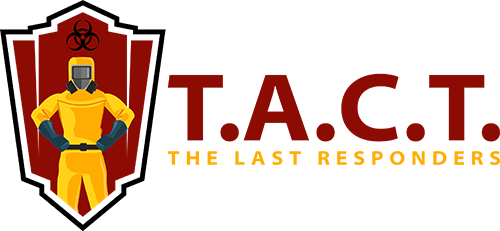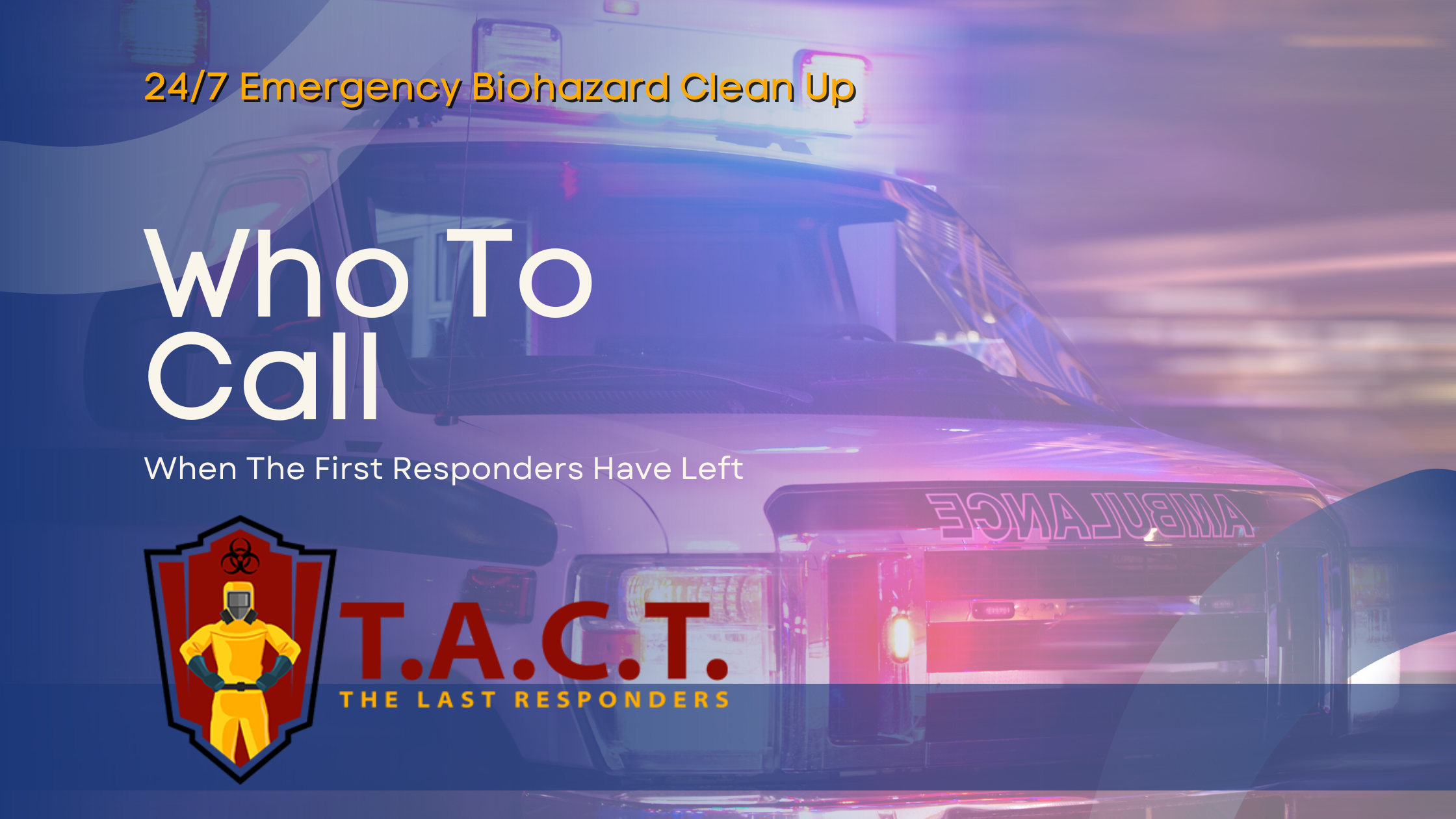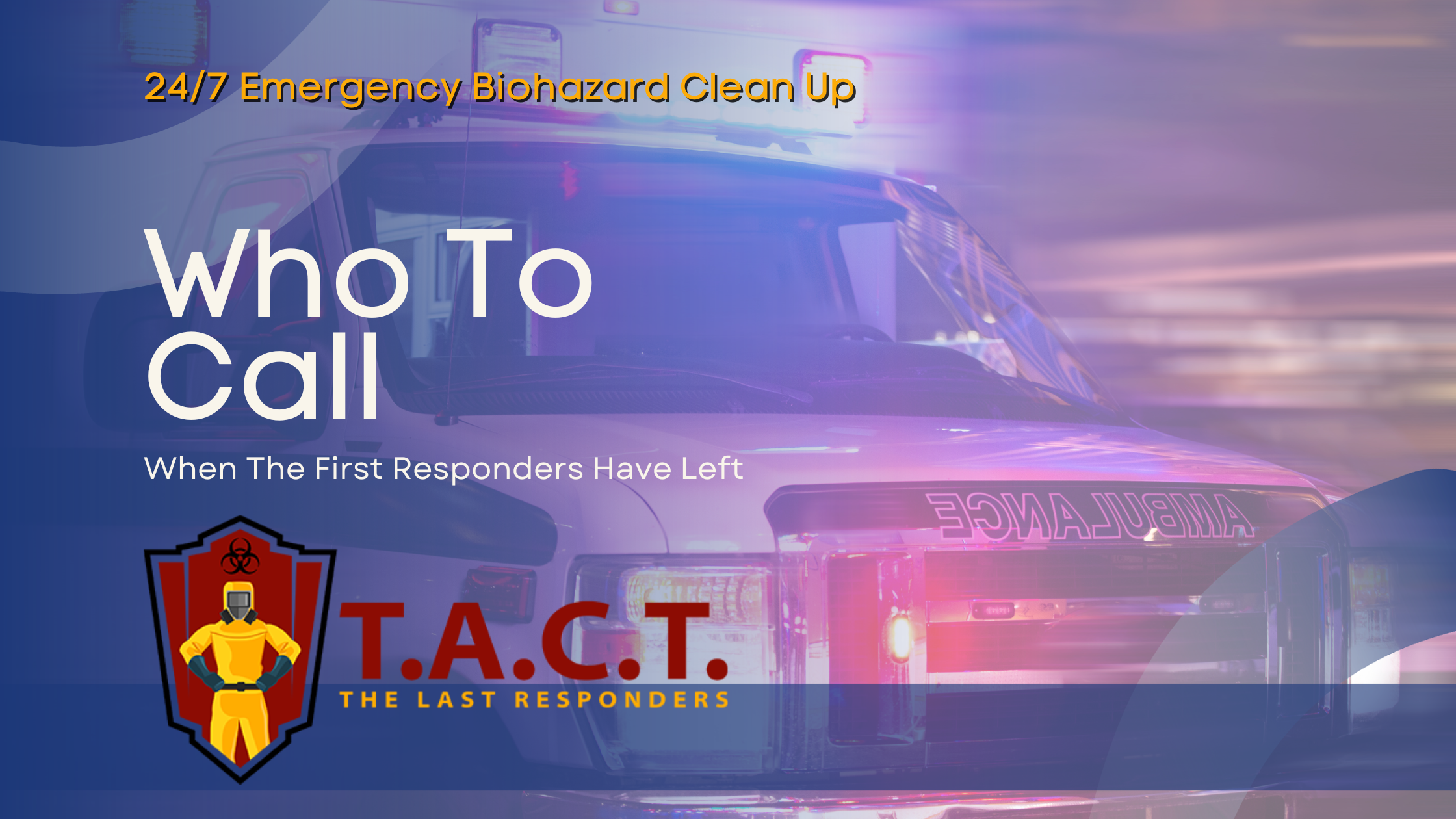How to clean rat poop
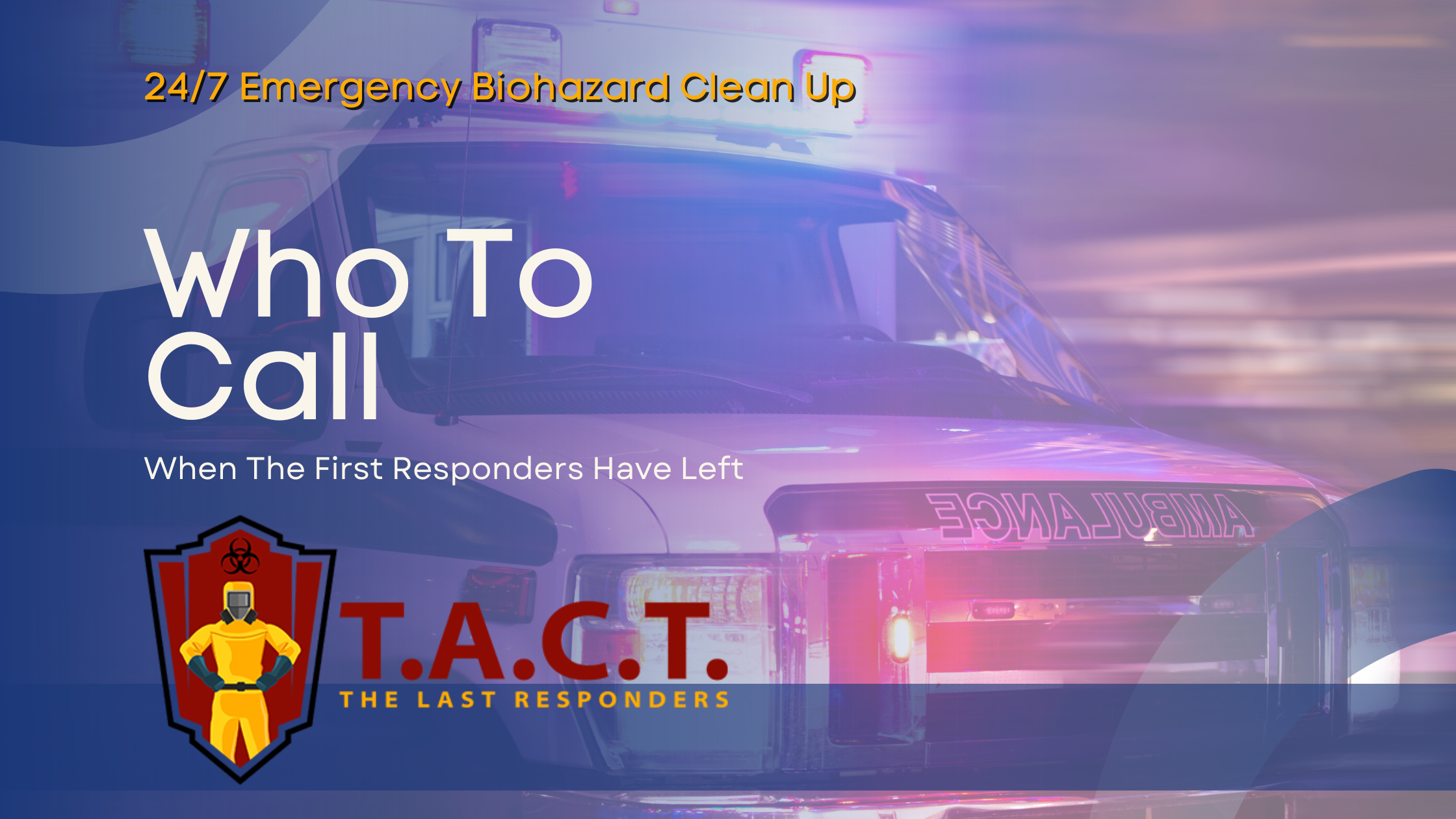
How to Clean Rat Poop Safely and Effectively
Finding rat droppings at home can be alarming, and knowing how to clean rat poop safely and effectively is essential. In this guide, you’ll learn the steps to clean up rat poop, the necessary precautions to take, and the supplies you’ll need to ensure a safe cleanup process.
Key Takeaways
Rat droppings pose significant health risks, including serious diseases like hantavirus and leptospirosis, necessitating prompt cleanup.
Proper identification of rat droppings is crucial for effective cleanup; they are cylindrical, measure half to one inch in length, and are dark and pellet-shaped.
Safety precautions are essential during cleanup, including wearing protective gear, using a disinfectant solution, and avoiding aerosolization of harmful particles.
Understanding the Health Risks of Rat Droppings
Rat droppings are more than just an unsightly nuisance; they pose significant health risks. These droppings can carry serious diseases such as hantavirus and rat bite fever, which can have severe, even fatal, consequences for humans. When rat droppings are disturbed, they can release harmful particles into the air, leading to respiratory issues. This is particularly dangerous in enclosed spaces where ventilation is poor.
One of the most concerning diseases spread by rat droppings is hantavirus pulmonary syndrome (HPS). This disease can escalate quickly, causing severe respiratory distress and potentially fatal complications. Leptospirosis, another disease spread through rat urine, can lead to liver damage and severe flu-like symptoms. Pregnant individuals and other vulnerable populations must take extra precautions when cleaning up rat droppings to avoid these health risks, serious illness, and rodent borne diseases.
Clean up rat droppings promptly to minimize health hazards. Unattended droppings can increase disease transmission, so address any signs of rat infestation right away.
Identifying Rat Poop
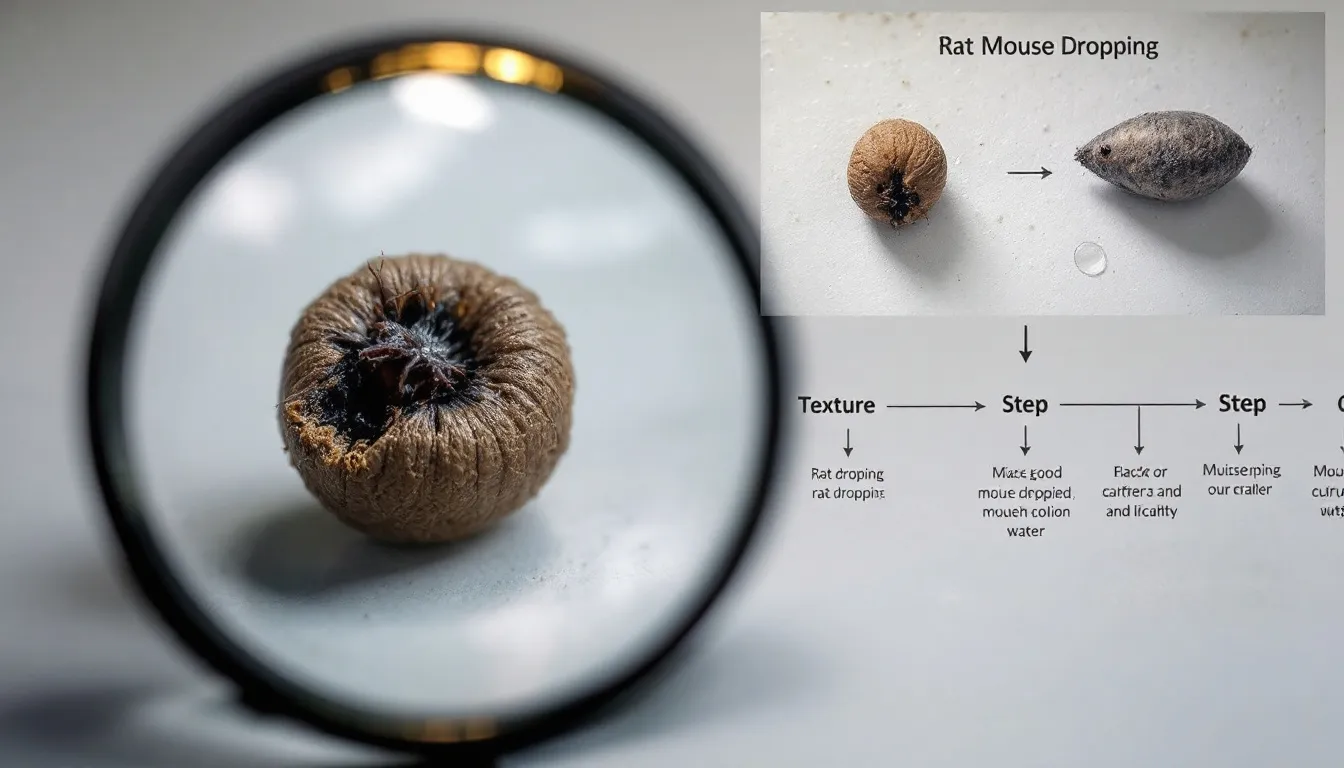
Recognizing rat droppings and rodent droppings is the first step in effective cleanup. Rat droppings are typically:
cylindrical
measure between half an inch to one inch long
dark and pellet-shaped
larger than those of a mouse
Fresh rat feces are shiny and dark, whereas older droppings appear gray and dusty.
Distinguish rat droppings from those of other animals. Mouse droppings are smaller and spindle-shaped, while squirrel poop is usually found in one spot. Shape can vary by species; roof rats produce curved, pointed droppings, whereas Norway rats leave blunter ones.
While rat droppings have a noticeable smell, this may not be the most distinguishing feature. Instead, focus on the size, shape, and color to accurately identify them. Fresh rat poop appears softer and darker. In contrast, old droppings turn hard and crumbly.
Safety Precautions Before Cleaning
Exercise utmost caution when cleaning areas contaminated with rat droppings. Without proper protection, you’re at risk of serious health issues. Wear rubber gloves, a long-sleeved shirt, long pants, eye protection, and a dust mask to safeguard against harmful bacteria and viruses. For heavy infestations, use disposable coveralls and respirators.
Avoid using a vacuum or broom to clean droppings, as this can aerosolize harmful particles. Instead, opt for methods that minimize disturbance. Ensure the area is well-ventilated by opening doors and windows for at least 30 minutes before you begin.
Wear protective goggles to shield your eyes from contaminants. Never disturb rat urine and fecal matter without these precautions, as it can aerosolize pathogens. After cleaning, wash your hands thoroughly with soap and water to remove residual contaminants.
Necessary Cleaning Supplies
Gather the right cleaning supplies for effective and safe cleanup. Essential items include a household bleach solution, paper towels, and plastic bags. Make the bleach solution by mixing 1.5 cups of bleach with 1 gallon of water, ensuring it’s fresh before use.
Use paper towels to wipe up droppings and clean products after disinfecting. Have plenty on hand for thorough cleaning. Place contaminated materials in plastic bags for proper disposal and seal them tightly to prevent the spread of contaminants.
You may need a dust mask or comparable face mask to avoid inhaling harmful particles. Wearing rubber gloves or plastic gloves are necessary to protect your hands. Having all these supplies ready before you begin cleaning ensures a smoother and safer cleaning process.
Step-by-Step Guide to Cleaning Rat Poop
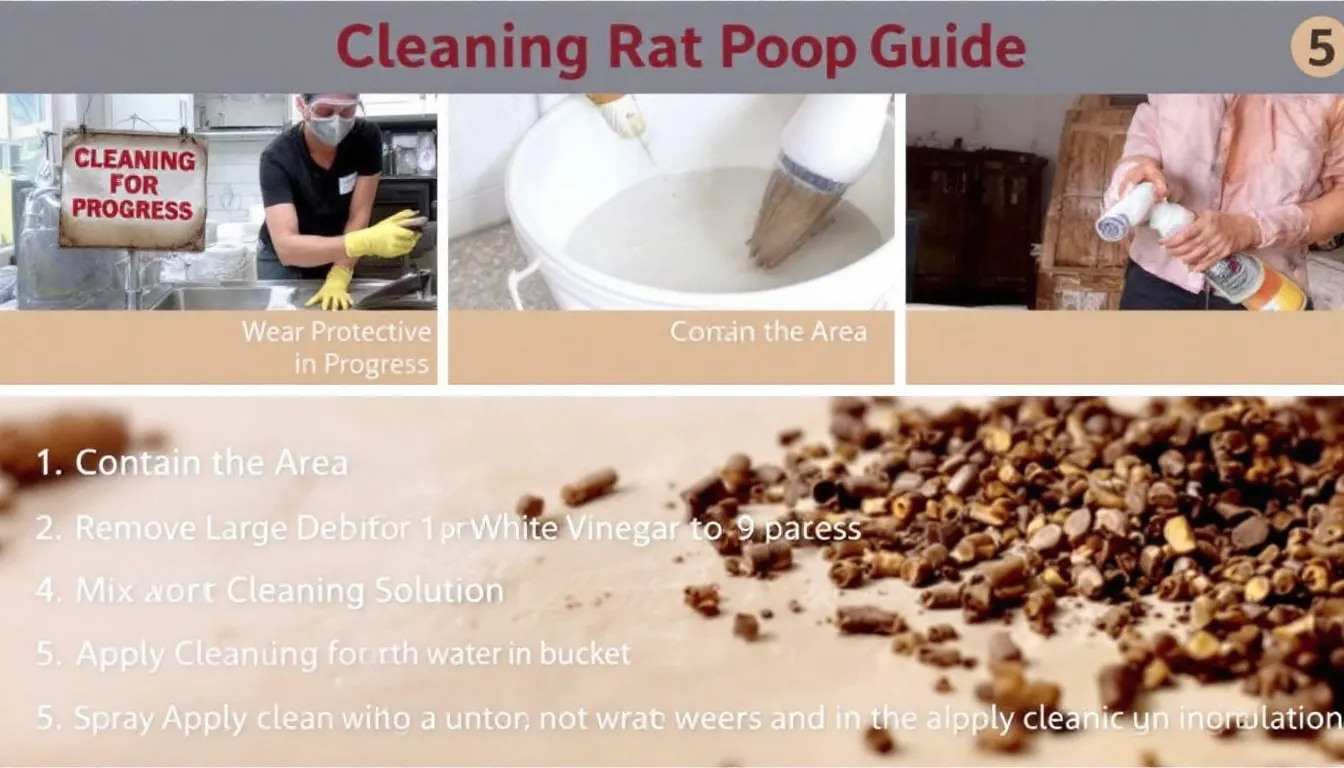
Ensure the area is well-ventilated by opening doors and windows for at least 30 minutes before you begin. This helps disperse airborne particles and reduces the risk of inhaling pathogens. Avoid using a vacuum or broom, as it can aerosolize viruses.
Spray the droppings with a bleach solution to disinfect them. Let the solution sit for five minutes to ensure it kills bacteria or viruses. Use paper towels to carefully pick up the droppings and dispose of them in a plastic bag. Seal the bag tightly and place it in a covered garbage can.
After removing the droppings, wipe down the affected area with the bleach solution to disinfect it further. Clean any surfaces that may have come into contact with the droppings. Finally, wash your hands thoroughly with soap and water after removing your gloves to remove all contaminants.
Disinfecting the Area
Disinfect surfaces after cleaning up rat droppings to eliminate lingering bacteria and viruses. A bleach solution is highly effective. Prepare it by combining 1.5 cups of bleach with 1 gallon of water, using it fresh for maximum effectiveness.
Apply the bleach solution generously to all surfaces that may have come into contact with rat droppings. Let it sit for at least five minutes to kill any remaining pathogens. Alternatively, you can use a general-purpose household disinfectant labeled ‘disinfectant.’
After disinfecting, rinse the area with warm water and hot water to remove any cleaning solution residue. This ensures the area is safe and clean for future use. Wear rubber gloves and other protective gear while disinfecting to protect yourself from harmful chemicals and pathogens.
Handling Dead Rodents and Nests

Handle dead rodents and nests with extreme caution. Wear rubber or plastic gloves to protect your hands from harmful bacteria and viruses. Spray the dead rodent or nest with a disinfectant and let it soak for five minutes before handling.
After disinfection, carefully place the dead rodent or nesting material in a plastic bag. Seal the bag tightly and dispose of it in a covered garbage can to prevent the spread of contaminants and reduce the risk of attracting other pests. If you see nesting materials in the air intake system, remove and discard them.
Once finished handling dead rodents and nests, wash your hands thoroughly with soap and water or a disinfectant before removing gloves. Proper hand hygiene is crucial to prevent spreading harmful bacteria and viruses.
Preventing Future Infestations
Prevent future rodent infestations by eliminating food sources, sealing entry points, and maintaining a clean environment. Pet rats leave droppings in clusters near pet food sources, so store food in sealed containers and keep your home clean.
Seal cracks and gaps with durable materials to block potential entry points for rats. Regularly inspect your home for signs of entry and take immediate action to seal them. Clear debris and trim vegetation away from buildings to deter rodents from entering your home.
Regular cleaning and monitoring for rodent signs are crucial for maintaining a home free from rat droppings. Rat traps and glue traps can be effective for controlling rodent populations. Taking these preventive measures significantly reduces the risk of future infestations.
Health Implications of Rat Droppings

The health implications of rat droppings can be severe and long-lasting. Rat droppings carry hantavirus pathogens that lead to serious respiratory issues. Contact with rat feces can result in leptospirosis, causing liver damage and severe flu-like symptoms. Hantavirus can lead to hantavirus pulmonary syndrome (HPS), a potentially fatal respiratory illness.
Take immediate action to protect health upon finding rat feces. Leaving droppings in the home increases health risks, as pathogens can become airborne and be inhaled. Address rat droppings promptly to minimize these risks.
Exposure to rat droppings increases the risk of allergic reactions in sensitive individuals, ranging from mild respiratory symptoms to severe asthma attacks. Clean up rat droppings immediately to protect your health and that of those around you.
When to Seek Professional Help
For severe infestations or overwhelming cleanup tasks, consider calling pest infestation control professionals. They can identify the type of rodent and provide targeted rodent control solutions. Professional services are especially beneficial in extensive rodent infestation or hard-to-manage infestations.
When cleaning areas with suspected severe infestations, follow local health department guidelines to ensure safety. These guidelines provide protocols for handling and disposing of contaminated materials, reducing disease transmission risk and preventing infected materials from causing further issues, including direct contact with hazardous substances.
Seeking professional help can save time and ensure the infestation is dealt with effectively and safely. Professionals can also offer advice on preventing future infestations, helping you maintain a rodent-free home.
Summary
Addressing rat droppings in your home is not just a matter of cleanliness but also a crucial step in protecting your health. Understanding the health risks associated with rat droppings, recognizing them, and taking appropriate safety precautions are essential first steps. Gathering the necessary cleaning supplies and following a detailed cleanup process ensures that you effectively eliminate the droppings and associated pathogens.
Disinfecting the area, safely handling dead rodents and nests, and taking measures to prevent future infestations are all critical components of a comprehensive approach to rodent control. Regular monitoring and prompt action can significantly reduce the risk of health issues related to rat droppings.
In conclusion, maintaining a clean and rodent-free home requires diligence and attention to detail. By following the steps outlined in this guide, you can protect your health and create a safer living environment. Take action today to ensure your home remains free from the dangers posed by rat droppings.
Frequently Asked Questions
What diseases can be spread by rat droppings?
Rat droppings can transmit serious diseases, including hantavirus, leptospirosis, and rat bite fever. It is essential to handle droppings with care to prevent health risks.
How can I identify rat droppings?
To identify rat droppings, look for cylindrical, dark, and pellet-shaped droppings that are typically between half an inch to one inch in length. Recognizing these key characteristics will help ensure accurate identification.
What safety precautions should I take before cleaning rat droppings?
Before cleaning rat droppings, it is essential to wear rubber gloves, a dust mask, and eye protection, while also ensuring proper ventilation in the area. Taking these precautions will help protect you from potential health risks associated with handling rodent waste.
How should I disinfect areas contaminated by rat droppings?
To effectively disinfect areas contaminated by rat droppings, prepare a bleach solution by mixing 1.5 cups of bleach with 1 gallon of water. Apply it generously and allow it to sit for at least five minutes. This ensures proper sanitation of the affected area.
When should I seek professional help for a rodent infestation?
You should seek professional help for a rodent infestation when the situation is severe or the cleanup is beyond your capability. Engaging pest control experts can ensure effective management and resolution of the issue.
Latest news
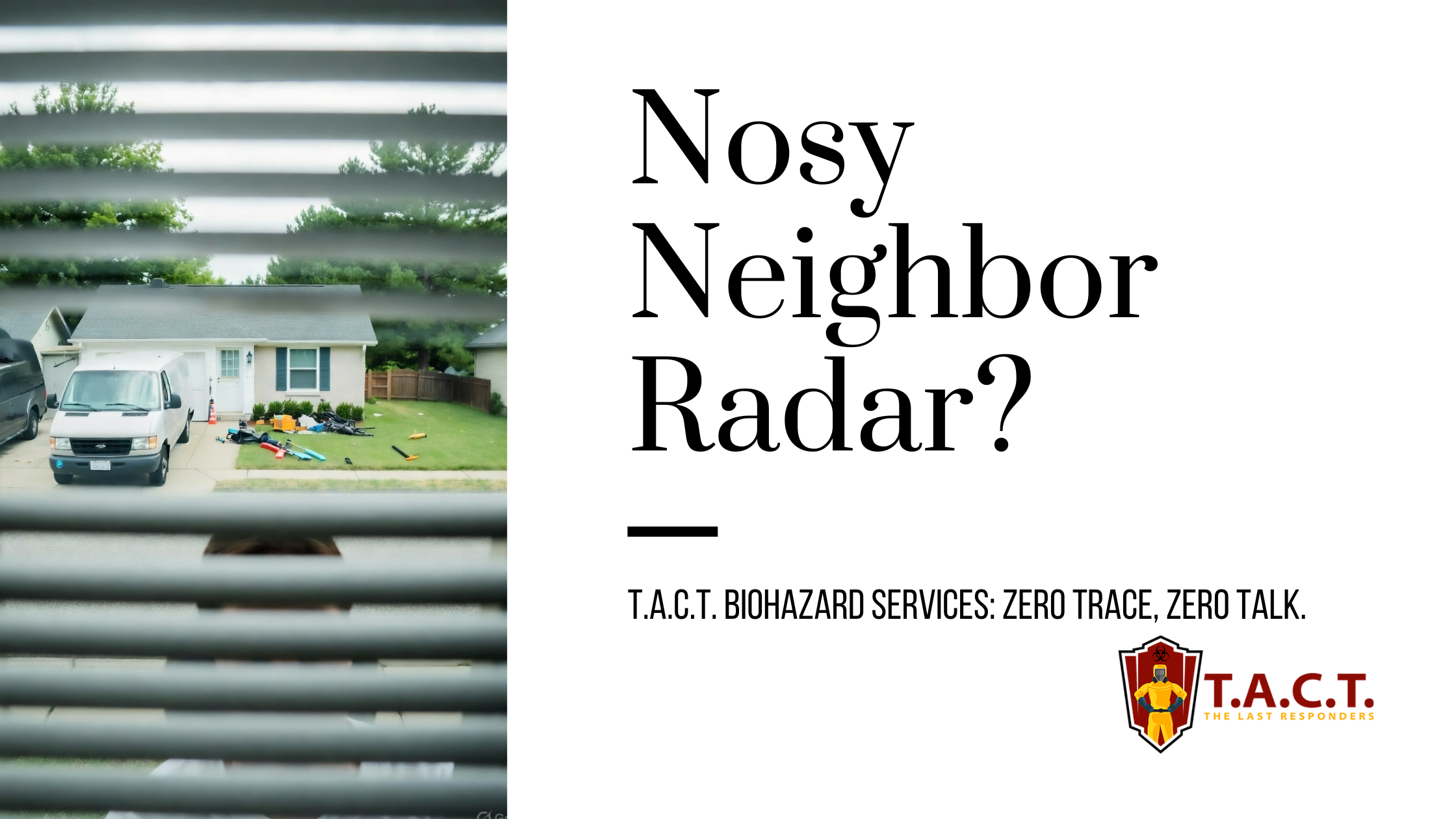
Nosy neighbors peeking? T.A.C.T. North Atlanta offers discreet biohazard remediation for rodent infestations, mold, hoarding, and more. Unmarked vehicles, quiet experts, full privacy—24/7 service at 470-781-4775.
Read More